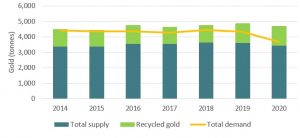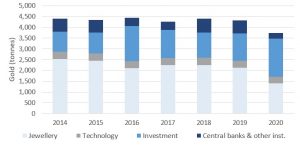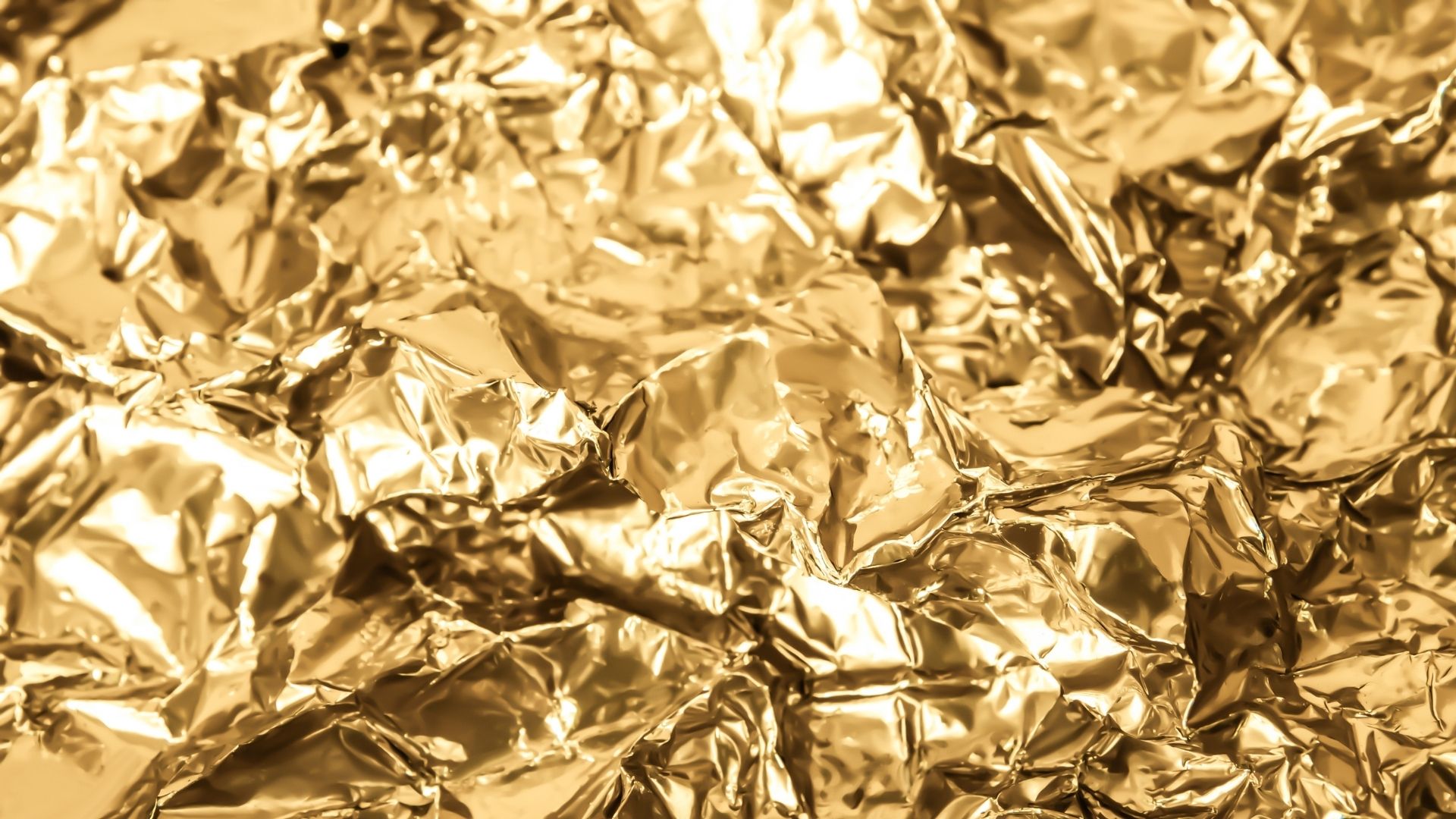Market trends of gold and recycling potential
Gold (Au) is one of the rarest elements on earth and is considered the most precious metals. It is mined all over the world. In Europe, gold is mainly extracted from Finland, Sweden, Bulgaria, Spain and Greece. However, the EU production accounts for less than 1% of the global gold primary production.
More than 90% of the global gold demand is used for jewellery (48%), investment (29%), central banks (14%) and industrial processes (9%). Nowadays, gold is recovered from end-of-life products such as high-grade printed board assemblies.
The waste generated from the electrical and electronic equipment (WEEE) has huge recycling potential for secondary supply of gold, as each year more than 300 ton of gold is used in electronics. Only 20% of the gold recycling potential from European WEEE has been achieved. Thus, leaving a huge potential for recycling WEEE from Europe. For example, in 2015 around 30 ton gold from European WEEE that worth €1,6 billion were not recovered.
Until recently, end-of-life low-grade printed board assemblies were exported mainly to Asia. There, the materials were recycled through processes causing health and environmental problems. Recent market restrictions along with the rise of novel recycling technologies, has opened the door for alternative recovery processes within the EU with less harmful impacts.
Global demand and supply of gold*

Global gold demand by applications*

* Source: Goldhub which obtained the data from CE Benchmark Administration, Metals Focus, Refinitiv GFMS and World Gold Council
**De Hedging -De-hedging refers to the process of closing out positions that were originally put in place to act as a hedge in a trade or portfolio. A hedge is a risk-reducing position taken to limit the potential losses in an existing position or investment

 This
project has received funding from the European Union’s
Horizon 2020 research and innovation programme under grant
agreement No 958302.
This
project has received funding from the European Union’s
Horizon 2020 research and innovation programme under grant
agreement No 958302.